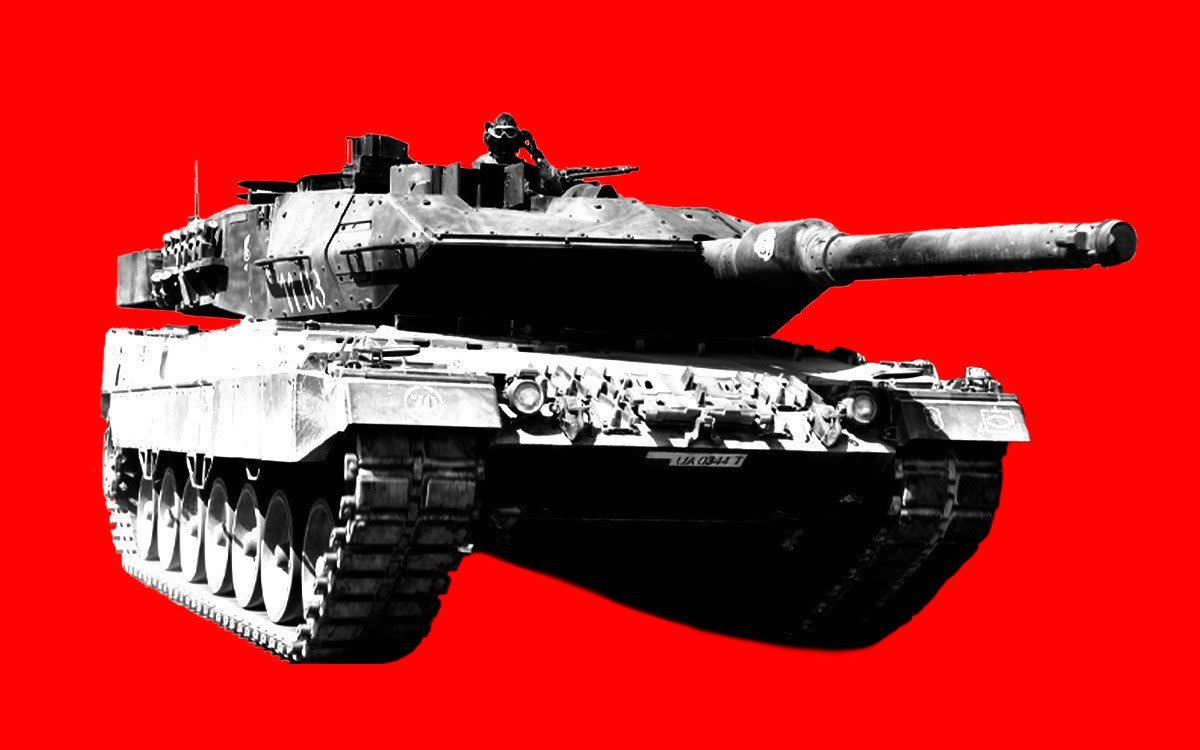Your guide to the Nato weapons leading Ukraine's counter-offensive

Much of the heavy Western weaponry donated by Nato countries was deployed for the first time on the front lines in June 2023 as Ukraine finally launched its long-awaited counter-attack.
Throughout the long and bloody winter, which saw bitter close-quarters fighting around the eastern city of Bakhmut, Kyiv held the lines with mostly Soviet-era tanks and armoured vehicles.
The new equipment will be a major test for a largely reformed Ukrainian armed forces, with Western-trained brigades aiming to recapture swathes of territory in a decisive phase in the war.
In their armoury are German Leopard 2 main battle tanks, a Nato workhorse designed specifically to face Russian opposition, and donated in large quantities by several European allies. They pose a significant threat to the Russian army, which is struggling to field its modern equivalents like the T-14 in significant numbers.
The French-built AMX-10, a wheeled tank destroyer, was also used in the early counter-offensive engagements against Russian forces.
The British Challenger 2, which can survive direct hits from Russian T-72s, was also within Ukraine’s updated arsenal.
Other heavy arms donations from across Europe include large numbers of lighter vehicles such as Swiss CV-90, one of the best infantry fighting vehicles in the world, and the German Marder. Lighter and faster, these infantry vehicles will ensure Ukraine also has the means to send highly mobile infantry units to support heavily armed offensives.
You can explore the Telegraph’s full in-depth coverage of the weapons of the Russo-Ukrainian war in our in full Weapons Guide.

